Real Stories from the Field
“These boots saved my feet during a 14-hour shift on wet concrete. The steel toe doesn’t pinch like my last pair, and after six months of daily wear, they still look professional enough for inspections.”

Marcus T.
Best Sellers

Sport 2 Tall Military and Tactical Boot
The TacTRAX rubber outsole offers exceptional traction and flexibility with built-in Flex Channels, exceeding industry standards for slip and oil resistance.

GX-4 Ultra-Lites GTX Waterproof Boot
Durable full-grain leather and performance nylon upper with protective overlays
Removable cushioned insole for added comfort.

Sport 2 Military and Tactical Boot
The outsole exceeds industry standards for slip and oil resistance, offering better ground connection with an 11mm heel-to-toe drop and quick on/off convenience.
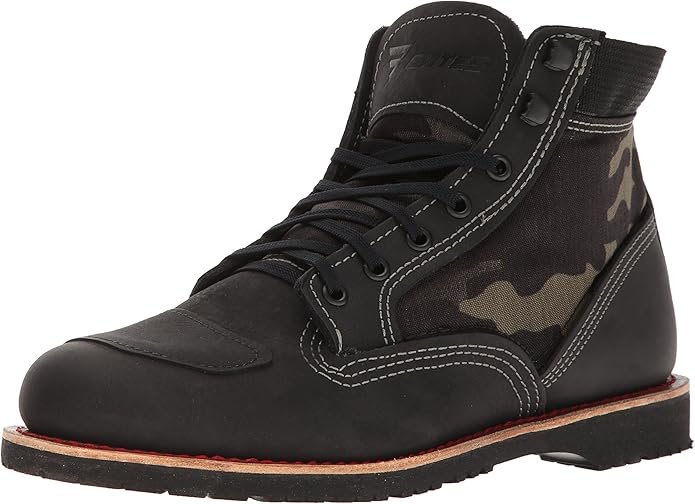
Men’s Freedom Work Boot
Crafted with water-resistant leather and nylon, this shoe features a Dri-Lex lining and Poron XRD side impact foam for enhanced ankle protection.
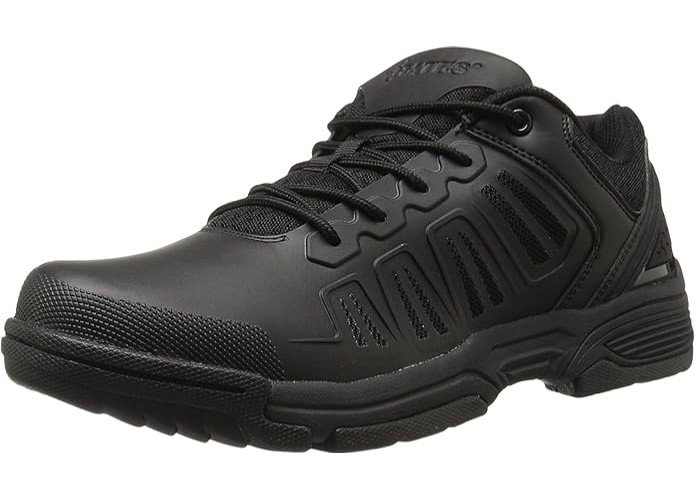
Men’s Srt Low Work Boot
The molded DuraFLEX upper is easy to clean and durable, complemented by breathable mesh panels and tongue, and a molded heel counter for an enhanced fit.

Performance Men’s Motorcycle Boots
Featuring a waterproof membrane to keep your feet dry, Poron XRD side impact foam for ankle protection, and molded heel protection with a hidden ghillie lacing system.
Categories
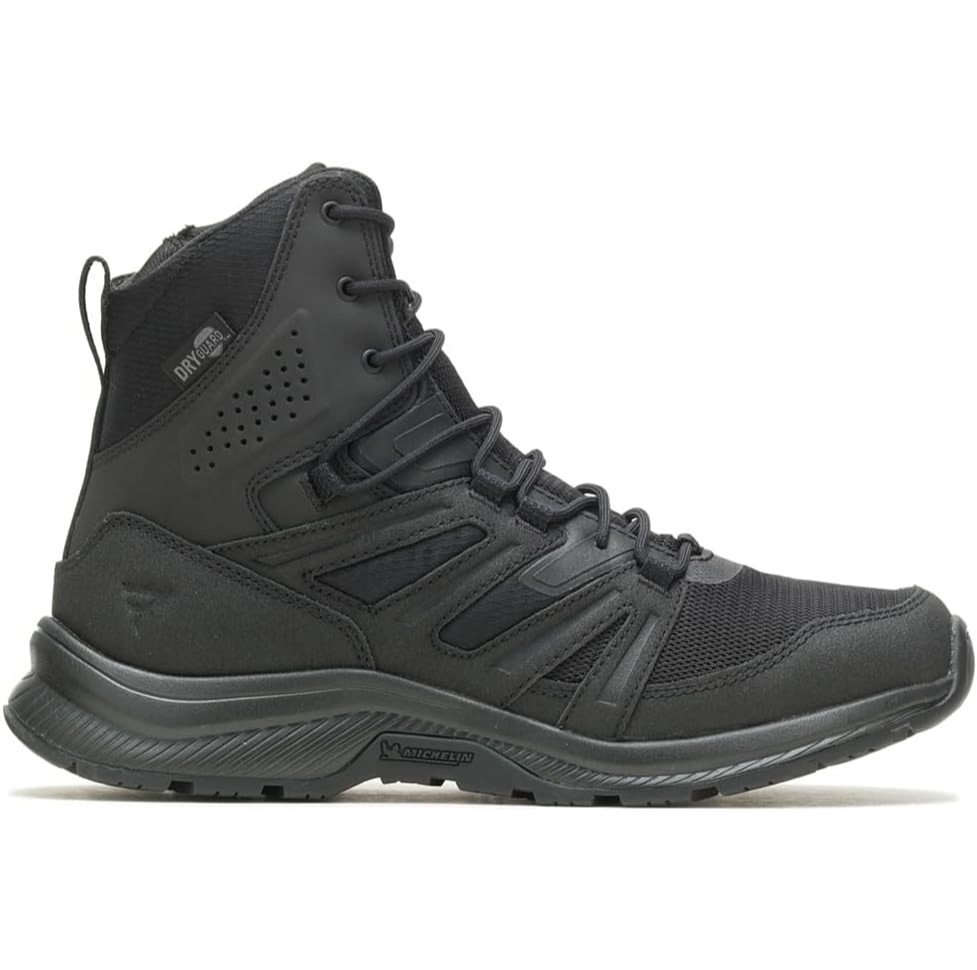
Tactical
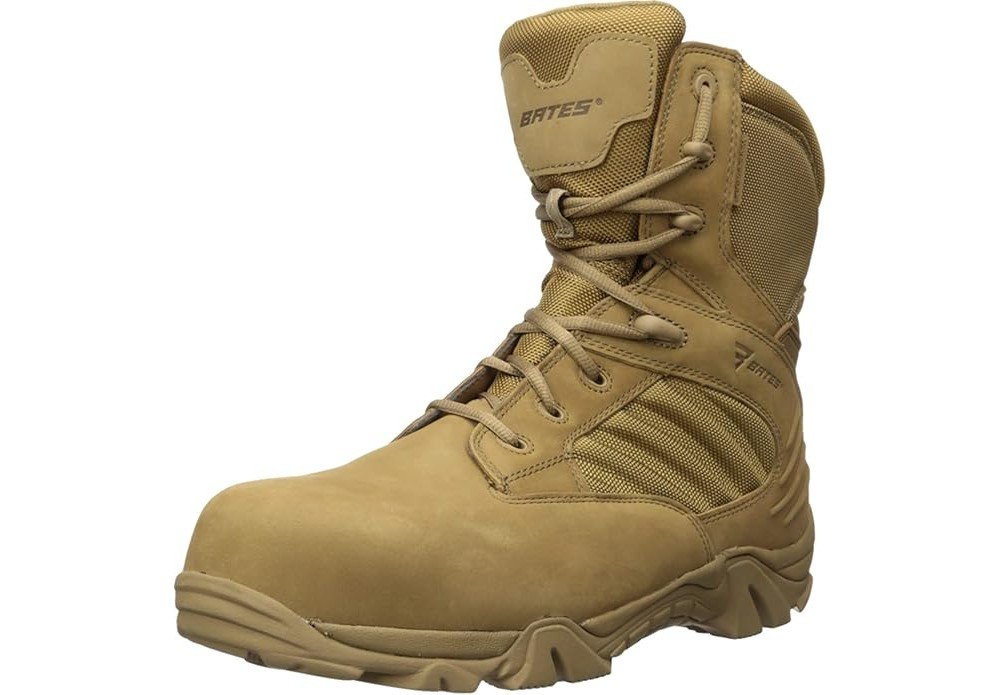
Military
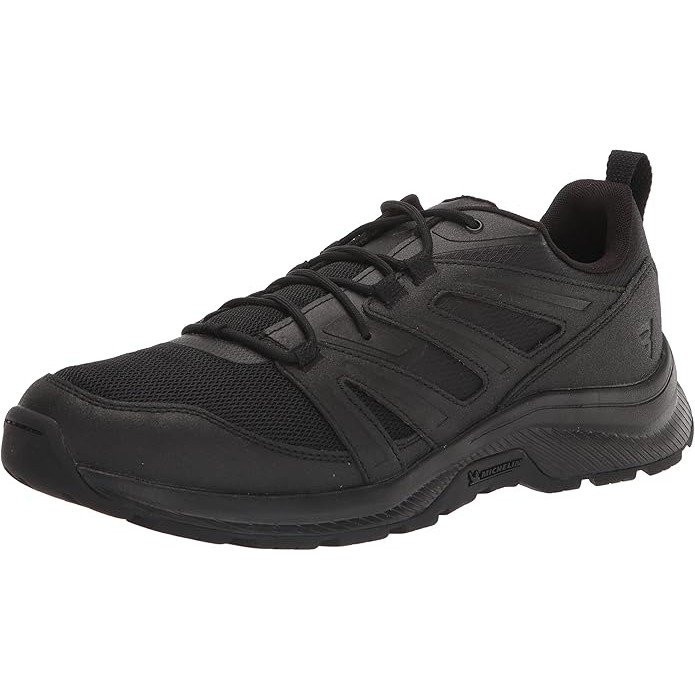
Athletic

Oxfords
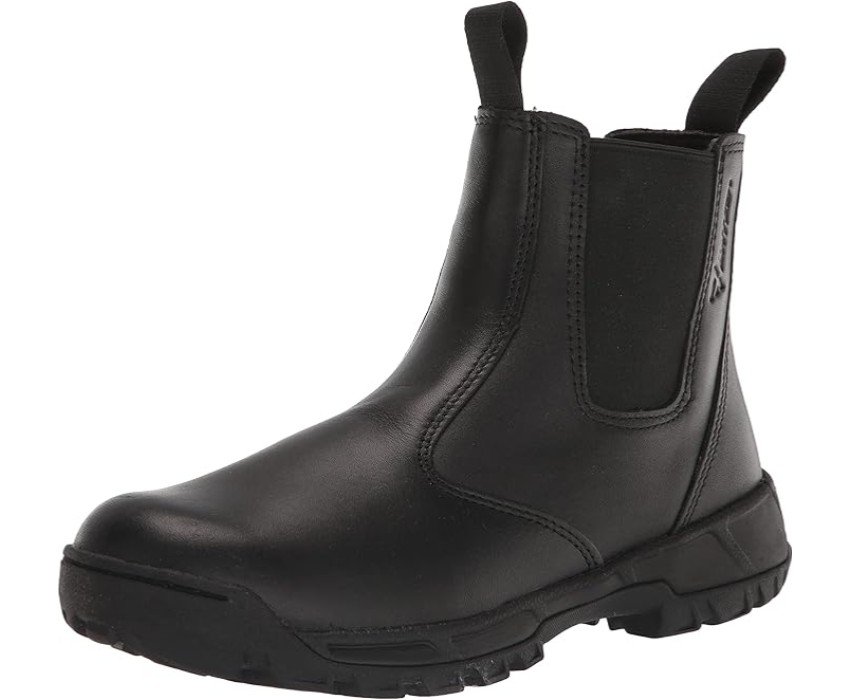
Tactical Sport 2

GX X2

OpSpeed
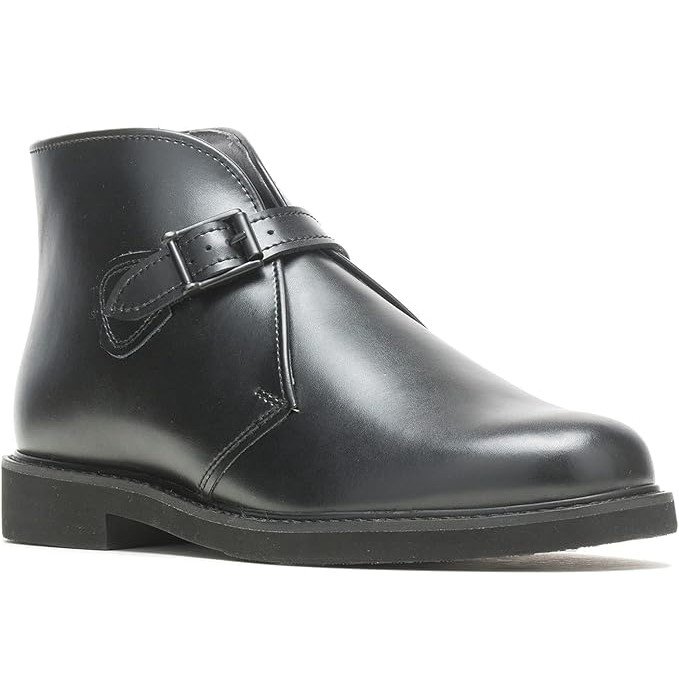
Sentinel
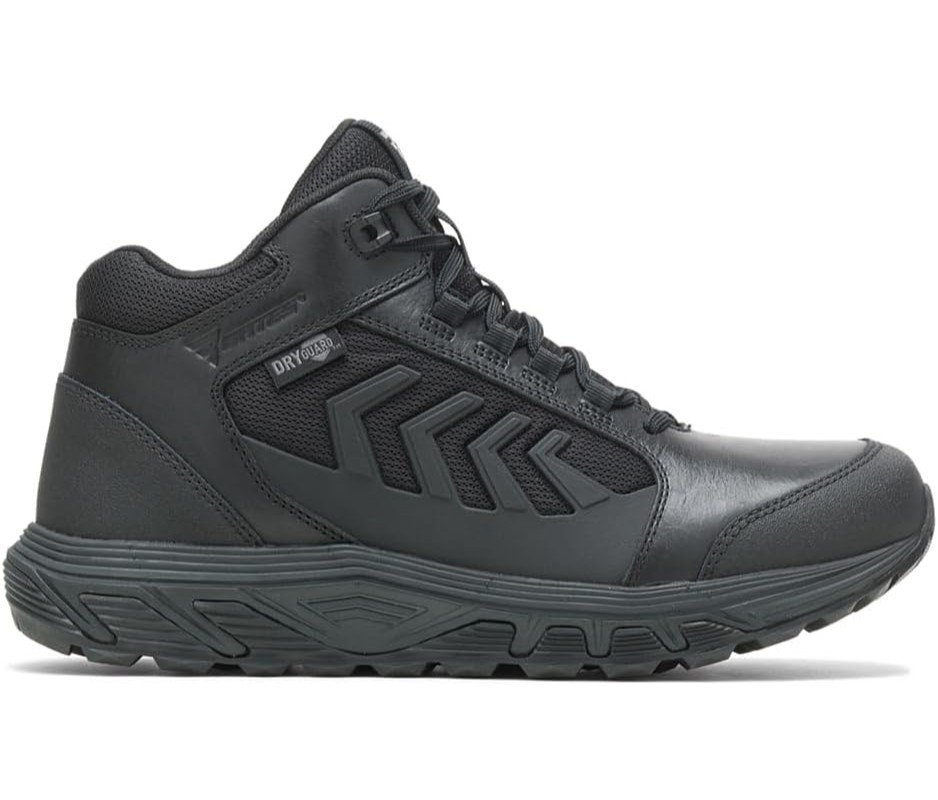
Rush Shield
139 Years of Building Boots That Don’t Quit
In 1885, Andrew Jackson Bates opened a Massachusetts workshop with one goal: make boots that stand up to real work. That principle still drives us, nearly 140 years later. During World War II, Bates produced over a million pairs for U.S. troops—boots that simply had to perform. President Eisenhower wore them. Generations of military, law enforcement, and first responders have relied on Bates because failure isn’t an option for them.
What keeps Bates ahead? We blend proven construction with innovations that actually matter on the job. Our DuraShocks technology delivers lightweight energy return, perfect for long shifts. The Individual Comfort System lets you customize support based on how your feet move under pressure. These aren’t just features—they’re practical solutions, shaped by decades of feedback from people whose safety depends on our boots.
Today, Bates remains a top supplier to the U.S. Department of Defense and serves workers across industries who need footwear they can trust. You’ll find our boots through military suppliers, work outfitters, and retailers like Amazon. Every pair reflects over a century of experience building boots that last through real challenges. The mission stays the same: create footwear that’s as dependable at hour twelve as it is at hour one, that gets better with wear, and that earns trust by delivering, not just promising. After 139 years, that’s how we measure success—by boots that keep performing, year after year.
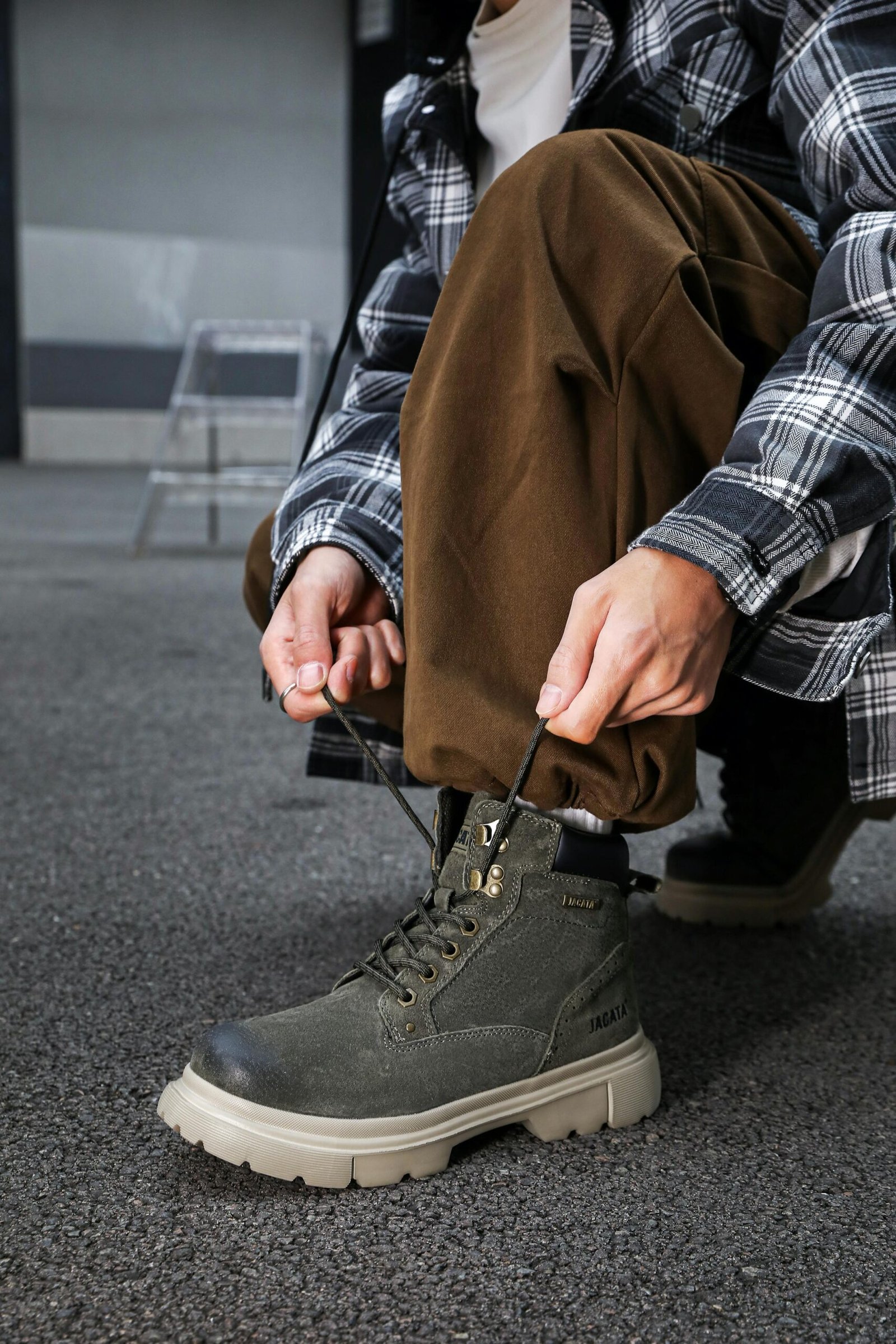
Got Questions?
This section covers the most common questions customers ask about sizing, care, and product details.
A proper fit allows about a thumb’s width of space between the longest toe and the front of the boot. The heel should stay in place when walking, and there shouldn’t be any pinching or pressure points. Feet naturally swell throughout the day, so trying on footwear in the afternoon gives the most accurate fit.
Waterproof treatments can help repel moisture and stains, but they may affect leather breathability. For those in wet climates or working outdoors frequently, treatments provide valuable protection. Others may prefer allowing leather to develop natural water resistance through regular conditioning and wear.
Conditioning frequency depends on usage and climate conditions. For regular wear in normal conditions, conditioning every 3-4 months maintains leather health. Those in harsh environments or who wear their boots daily may need to condition monthly. Over-conditioning can make leather too soft, so moderation is key.
High-quality construction methods like Goodyear welting allow for multiple resoles throughout the boot’s lifetime. A single resole can add 5-10 years of wear, making it a cost-effective way to maintain footwear. The upper leather typically outlasts several sole replacements when properly cared for.
Full-grain leather uses the complete top layer of the hide, retaining natural grain patterns and characteristics. This makes it more durable and develops a rich patina over time. Corrected leather has been sanded and treated to remove imperfections, resulting in a more uniform appearance but less durability.
Most quality leather footwear requires 1-2 weeks of regular wear to fully conform to the foot. During this time, the leather softens and molds to individual foot shape. Wearing thick socks and gradually increasing wear time each day helps make the process more comfortable.
